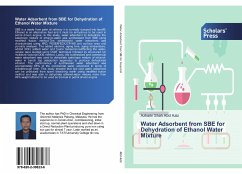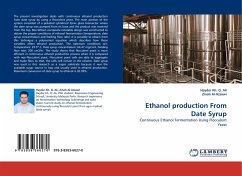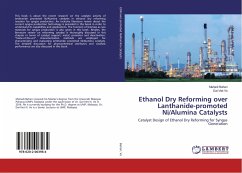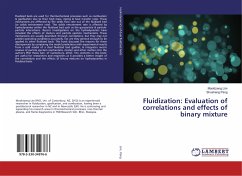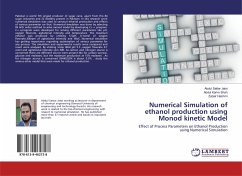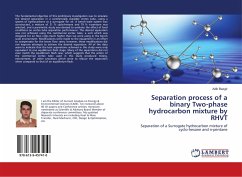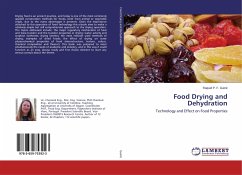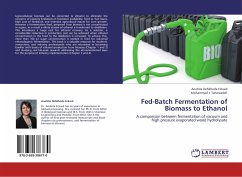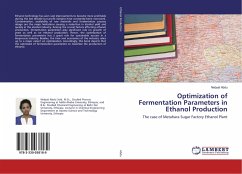
Dehydration of Ethanol-Water Azeotropic Mixture
By adsorption through Phillipsite packed column
Versandkostenfrei!
Versandfertig in 6-10 Tagen
32,99 €
inkl. MwSt.

PAYBACK Punkte
16 °P sammeln!
The potential use of raw and activated phillipsite as well as calcium chloride salt for separating the ethanol water azeotropic mixture in the adsorptive distillation process was assessed in this book 4A molecular sieves was taken as a reference adsorbent to which the water adsorption on selected materials was compared. The breakthrough curves of water sorption on these adsorbents showed that the treatment of phillipsite with 1M calcium chloride (1M-phillipsite) produced the best separation of the ethanol water azeotropic mixture, where the breakthrough time is about 55 mins which is almost si...
The potential use of raw and activated phillipsite as well as calcium chloride salt for separating the ethanol water azeotropic mixture in the adsorptive distillation process was assessed in this book 4A molecular sieves was taken as a reference adsorbent to which the water adsorption on selected materials was compared. The breakthrough curves of water sorption on these adsorbents showed that the treatment of phillipsite with 1M calcium chloride (1M-phillipsite) produced the best separation of the ethanol water azeotropic mixture, where the breakthrough time is about 55 mins which is almost similar to the molecular sieves (57 mins).



